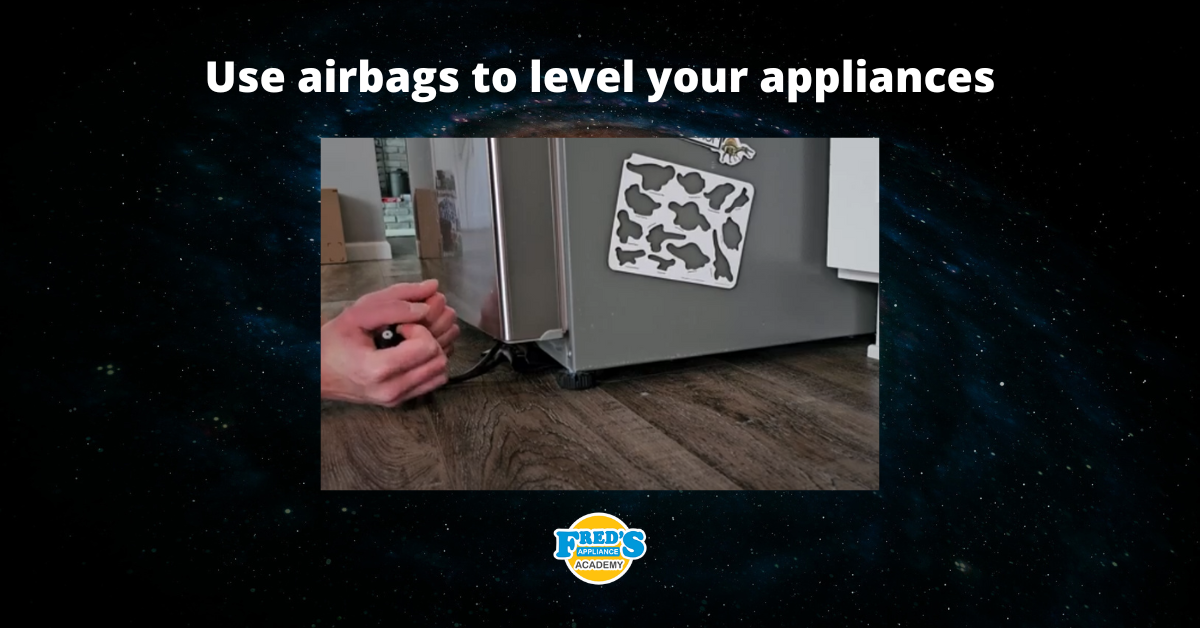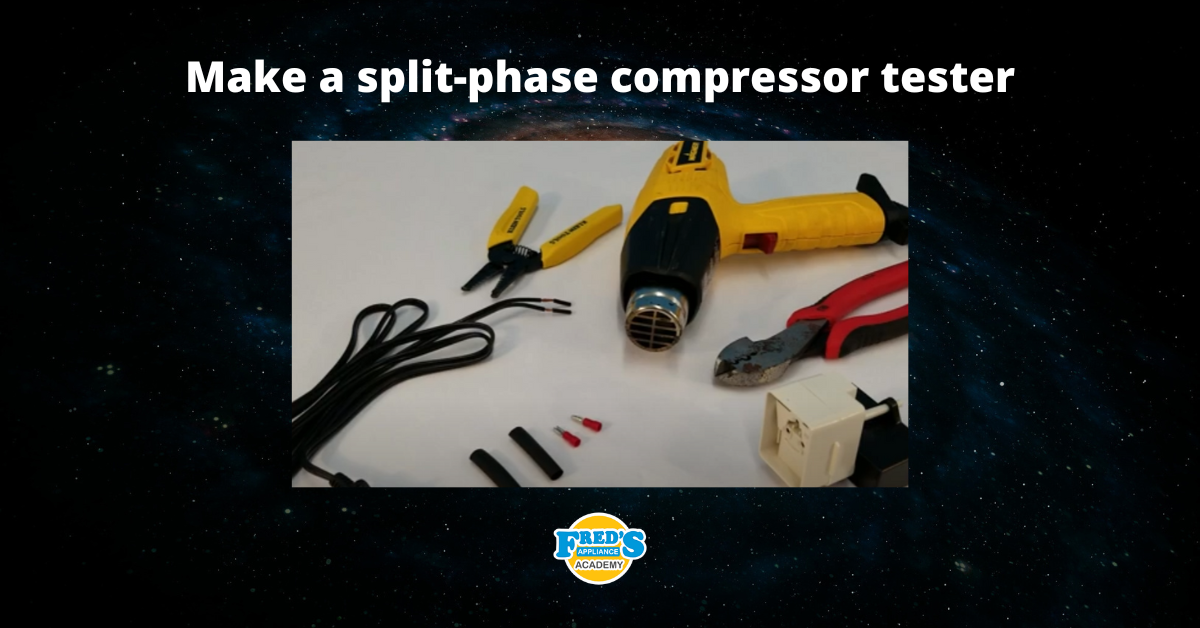
Most people encounter faults with their refrigerator at one time or another. While a lack of power, faulty doors, or an overly warm temperature are just some of the issues you may have considered, you may not have thought about the threat of the fridge becoming too cold!
After all, storing food below room temperature is the main purpose of any refrigerator. Sometimes, though, your KitchenAid bottom-freezer fridge may do the job a little too well. If yours is too cold, our simple guide will help you overcome the issue. The insights will cover the following models;
- KRBR109ESS
- KRBR102ESS
- KRBL102ESS
- KRBL109ESS
- KBBL306ESS
- KBBR306ESS
- KBBR206ESS
Common Reasons Why Your KitchenAid Fridge Keeps Freezing Food
If your KitchenAid bottom-freezer fridge is too cold, you may notice that eggs become frozen or that drinks need to be left on the kitchen countertop for a few minutes before they reach an enjoyable temperature. Meanwhile, ice may become visible at the back of the fridge behind where your foods are stored.
There are several potential reasons why your appliance may experience this issue, which is why you must troubleshoot the following issues:
Thermostat Dial Setting
Problems with the fridge thermostat are a fairly common source of temperature issues across appliances from all manufacturers. The thermostat dials for KitchenAid fridge-freezer’s are found at the top of the unit as you open the door. They feature a dual dial that controls the fridge and the freezer units independently.
The digital display seen on the modern units mentioned above should reduce the threat of accidentally setting it to the wrong temperature. However, if your KitchenAid fridge is too cold, you must remember the following;
- Under most conditions, the perfect temperature is between 35°F and 37°F.
- Check that you are looking at the setting for the fridge and not the freezer.
- Confirm that you have set the figure displayed is set to F and not C.
Leaky Gaskets
The door sealants, also known as gasket lines, are responsible for preventing heat transfers between the internal compartment and outside room environments. While many people associate broken seals with food being too warm (due to the fact cold air escapes), it can also be the source of food becoming too cold.
If the door isn’t fully sealed, it refrigerator never knows when to shut itself off. This means that it will continuously run the cooling system, which subsequently makes the food far colder than you intended to achieve. The best ways to fix this are;
- Ensure that the door is always opened and shut correctly, using the handle.
- Check that the fridge is level as an uneven positioning can cause misalignment of the magnets.
- Look at new gasket parts, such as part W10830162, to correct the door function.
Faulty Thermostat
Just because the door shuts, it doesn’t necessarily mean that the thermostat will stop functioning once it hits the desired temperature. If this happens, the thermostat’s continued running will cool your food to the point of freezing. If the door is sealed, there’s no escape for the cold air either.
The KitchenAid thermostat works in the same way as Whirlpool and Maytag solutions. If you listen carefully, you’ll be able to hear the fridge running. Your appliance should only take a few minutes to reach optimal temperature. So, if it’s running continuously for an hour or longer, you probably have a problem. Respond to this by;
- Confirm once more that the fridge shuts correctly.
- Check for a defective temperature sensing bulb or thermistor(this requires the ability to read the wiring schematic of the refrigerator).
- Replace the thermostat if required.
Dirty Coils
Both the external condenser coils and internal evaporator coils have an important role to play in regulating the temperature inside the refrigerator. This is one of the most common problems to impact KitchenAid fridges and forces the appliance to work harder. In many cases, it leads to overcooling as well as increased running costs.
The coils can be replaced with spare parts when they are severely damaged. In most cases, though, efficient cleaning is the ideal solution. To do this, you must follow these steps to prevent damage to the fridge and danger to yourself;
- Turn off the fridge freezer unit and remove the grille from the fridge and freezer sections.
- Use a vacuum and soft brush attachment to clean the coil.
- Wash the base grille in warm soapy water before drying and reattaching it.
Damper Problems
The damper is an item that is only found in fridge freezer units rather than KitchenAid fridges. It is responsible for regulating the air exchanges between the freezer and the fridge. If it’s faulty, there is a strong chance that excess air will flow from the former to the latter, causing the internal compartment of the fridge to overcool.
Malfunctioning dampers are arguably the hardest issue to identify, which is why you must troubleshoot potential damages. After unplugging the fridge, you must take care not to damage the plastic housing. Meanwhile, you want to check the following to confirm whether a replacement is needed.
- The control knob should move freely.
- The temperature bulb should be in the right position.
- The casing lining should be lined with a sealant to prevent air loss.
Fridge Loading Steps
Finally, it may be possible to overcome the issues without correcting the issues. Simply stacking the food in the correct manner can help. Simple steps include;
- Ensuring you have enough food to absorb cold air.
- Keep eggs and other items higher up (away from the freezer where cold air settles).
- Maintain good internal airflow, ensuring all air vents are unobstructed.

How to test a gas range ignitor

Congrats to our graduating March 2024 class

How to test a 120 volt receptacle

Congrats to our graduating February 2024 class

Why Is Your Dishwasher Soap Not Dissolving? (5 Easy Fixes)

Refrigerator Dripping Water Inside? 5 Quick Fixes

Appliance Industry 2023 Q4 Results

Congrats to our graduating January 2024 class

Clever ways to use airbags to level your appliances



